These days, photography is both attacked and loved in almost equal proportions. We live in a time where the democratization of photography – thanks to digitization – has strongly impacted the number of images available on social networks.
In this context, Instagram has become one of the most successful social networks for many photographers. Perhaps one of the biggest reasons for Instagram's success in the photography world, beyond its role an image-based social network, is that the architecture and algorithms underpinning the technology can give photographers a lot of exposure – fast.
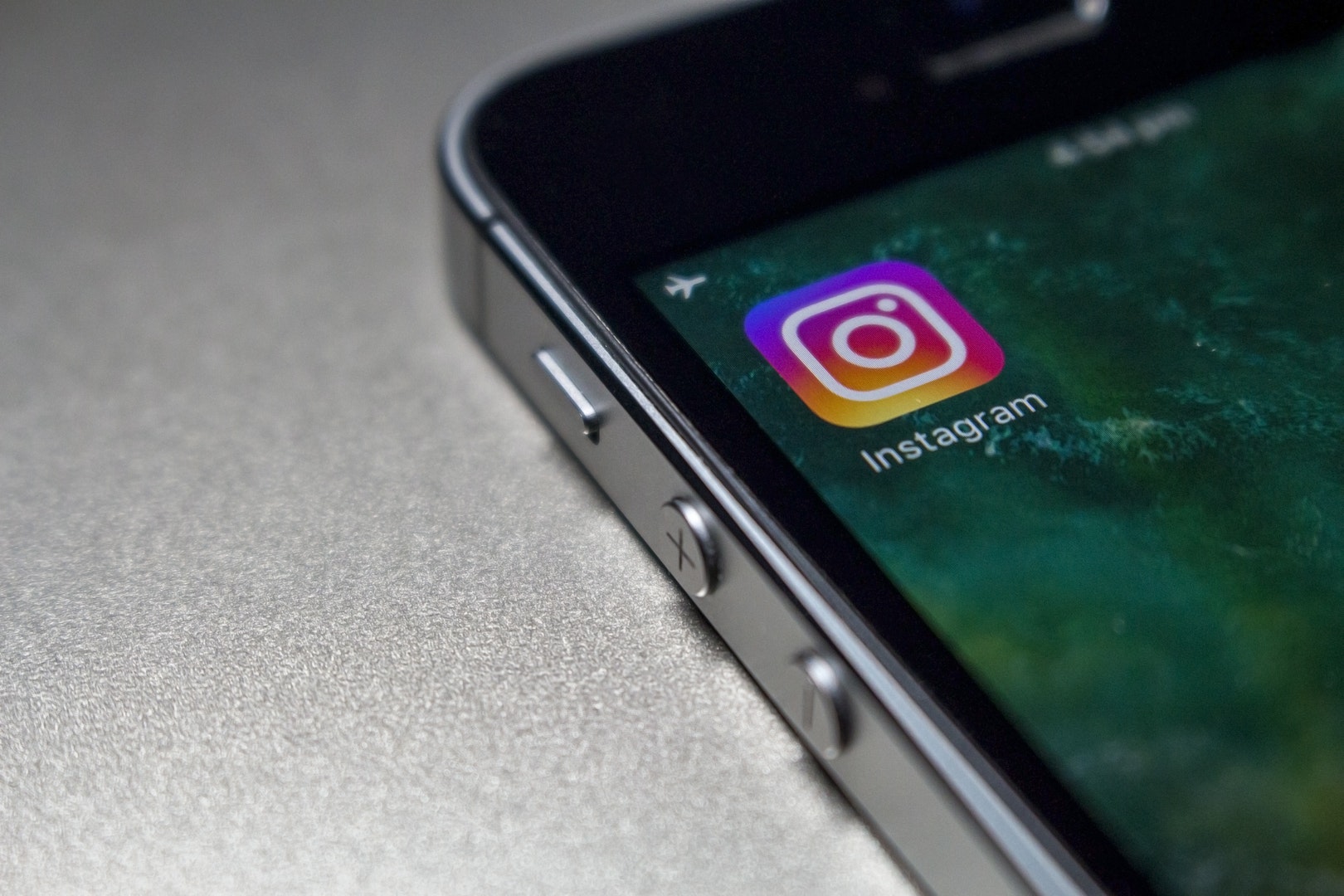
Today I have five tips that will make your Instagram feed more interesting for viewers. Some are taken from the more traditional photography world; still, they are principles that must not be forgotten, since Instagram is indeed almost entirely about images.
1. Portfolio
First things first: if you hope to pursue a serious career as a passionate photographer, you need to keep things separate. You should have two dedicated Instagram accounts (at least) – one for your personal life (the one you use for “hearting” various stuff), and one for your best photographic work.
Having said that, you should treat the best-photography feed as a portfolio, and it should remain consistent and somewhat constantly updated. It is weird when viewing the Instagram accounts of many photographers worldwide and seeing a lot of images that simply don't work with each other.
Avoid the miscellaneous approach. Stick to one niche, and build consistency with time.

One example of a portfolio-oriented Instagram account is from a great photographer – Michael Kenna. He has published only 27 images, and the last one was published almost 2 years ago. Obviously, this is an extreme example – but still, a wonderful account to check out from time to time.
By publishing at a slower pace, you'll force yourself to publish quality instead of quantity, and that will have a largely positive effect on your reputation as a photographer.
2. Mind the Aesthetics
From composition to filter usage, try to always keep aesthetics in mind. Your images may not be technically perfect, but if they are composed with care and published at a slow pace, you'll start to see a more objective sense of beauty in your own feed.

After all, though this is just about photography being showcased through a channel, we should not treat photography any different just because we are dealing with Instagram. This is a platform that helps us get exposure by taking advantage of the modern social dynamics of social media platforms.
3. Follow Relevant and Related Content
You can follow anything from anywhere, without much curation, on your personal account. With your photography-dedicated account, you should follow content that relates to the photographic subjects you work with. It makes sense to keep things separate, and having two accounts (at least) makes this easy to manage.

From brands to photographers, from social and humanitarian NGOs to film-related communities, from galleries to magazines, there are plenty of “stakeholders” in photography you should follow with a certain degree of objectivity.
4. Stop Posting At Random Times
Solid photography businesses should be aware of this rule. There are optimal times for posting content – not just on Instagram, but on every social network out there. This post is not meant to be a digital marketing crash course, so we strongly advise you to either dig deeper into how things work on social media platforms or hire somebody with the expertise to post for your business at the correct times.
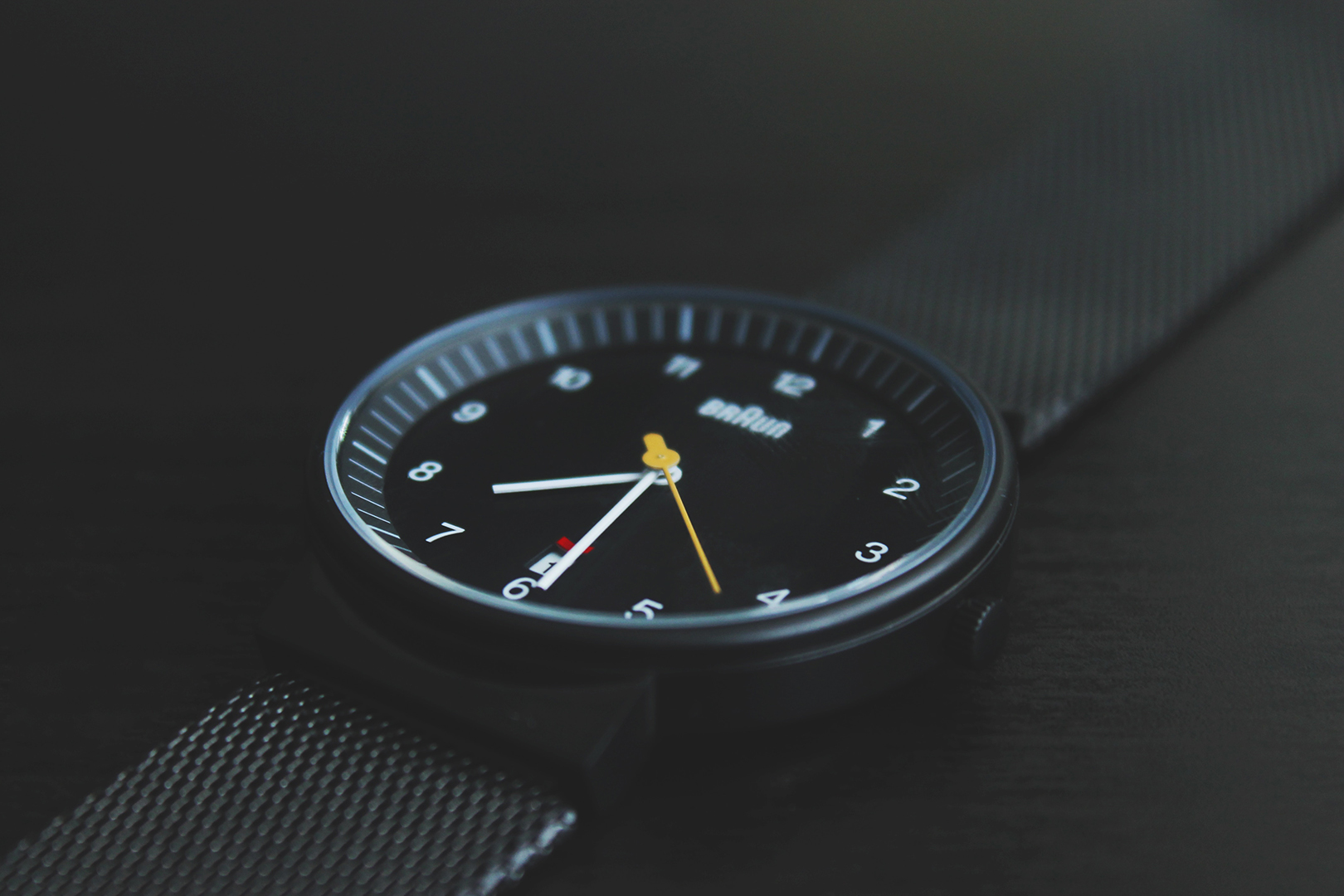
We know that Instagram audiences are more engaged throughout the week than on weekends. Interactions begin to rise on Mondays and start to slow down around Saturday and Sunday.
Posting at the right times for your audiences will help you generate an initial round of engagement for your posts; this in many cases prompts Instagram's algorithm to create “momentum” that pushes your content higher on your followers’ feeds.
Posting on a weekday is just a very small insight into the vagaries of Instagram. You should keep an eye on your analytics to learn when your followers are most active, whether it’s night or day, or weekdays or weekends.
5. Relevant Hashtags
Hashtags are often used without much idea of what’s actually going on with them. Hashtags are a kind of metadata (like the EXIF on your photographs) used in various social networks.
Instagram is plagued with hashtags, and they should be used with purpose, not just randomly. The real purpose of all hashtags is to help your content be easily spotted by others who search using a specific hashtag. Obviously, more general and well-known words will make your content better categorized instead of using random phrases that only you understand.
Just like any other social network, Instagram hashtags categorize content. Click on any hashtag and you'll see a lot of posts that have that specific tag attached to them. Therefore, if you type #streetphotography in Instagram, you'll get easy access to nearly 35 million images categorized by their authors and publishers as “street photography”.
Hashtags help Instagram users browse new content and find accounts to follow. The right hashtags will have a positive impact on your photography by making it easily discoverable. Just keep things simple and avoid bombarding viewers with more than three hashtags. Any more than that just looks silly.
Instagram is populated with a zillion images, and that's why passionate photographers are constantly challenged to publish meaningful stories, and images that matter and make people stop for a moment to actually think about what the images are telling them.




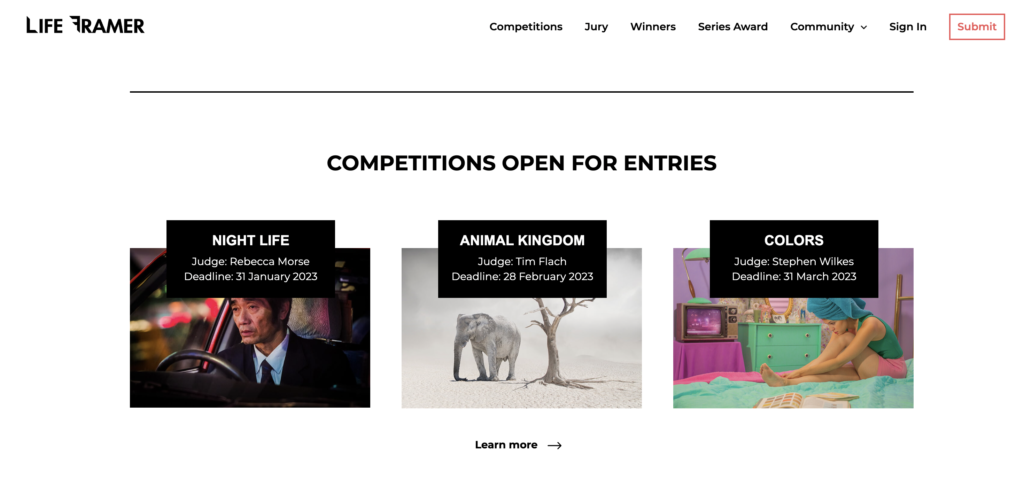
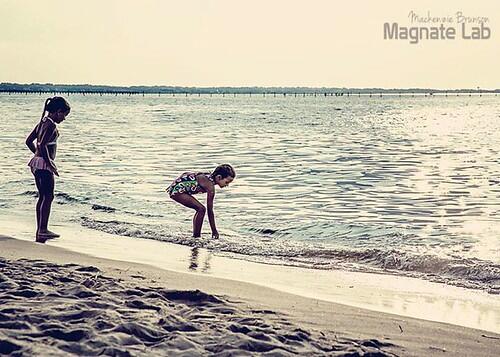
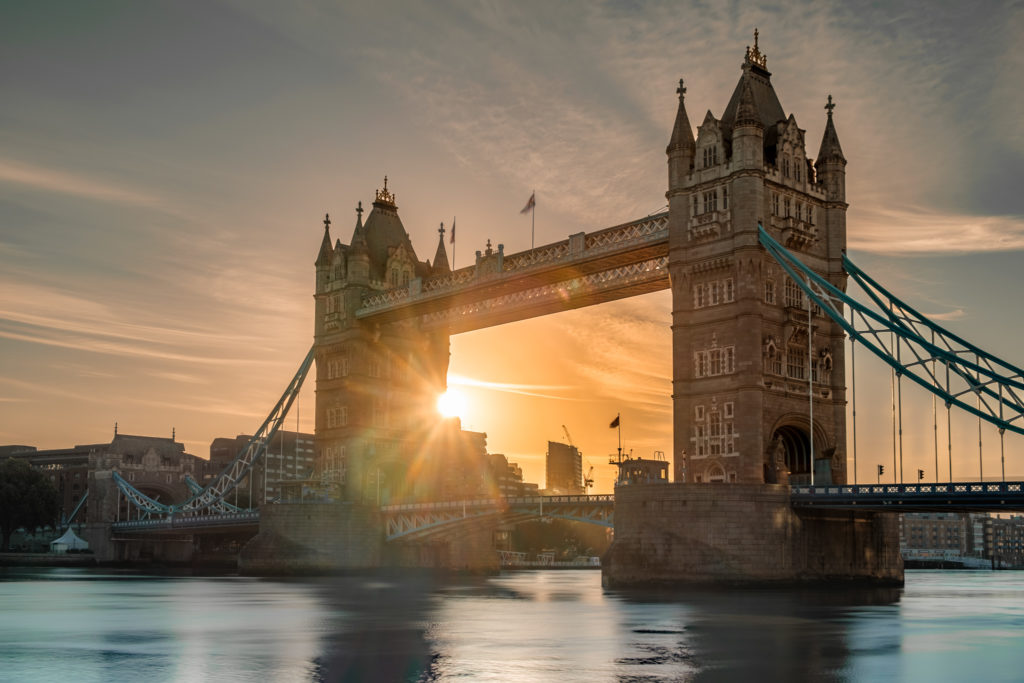
1 Comment
Thank you for your sage advice. It definitely made sense, and I will be utilizing several of the suggestions.